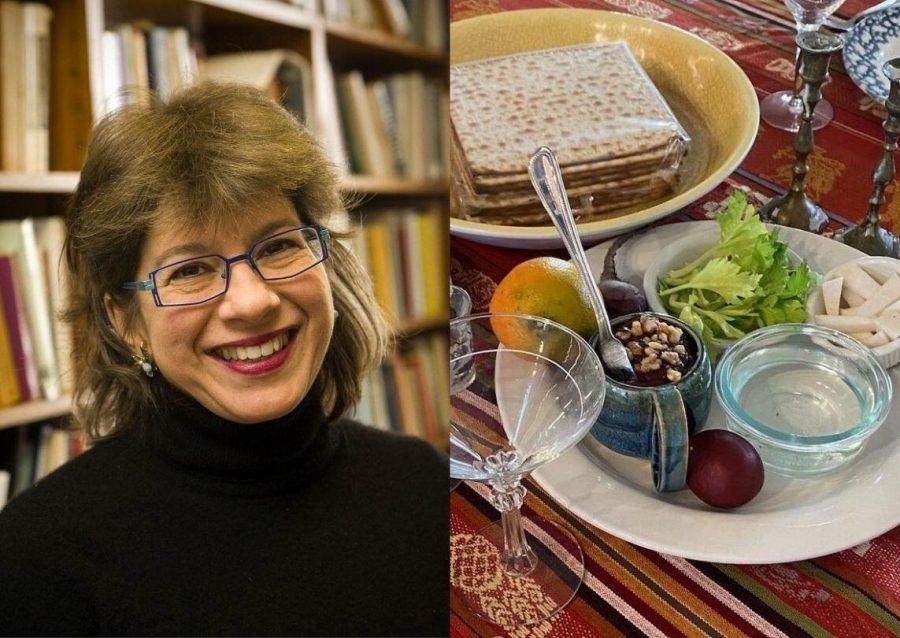The real story behind the orange on the seder plate
(L) Susannah Heschel, who created the ritual of putting on orange on the seder plate in the 1980s. Photo courtesy of Susannah Heschel. (R) Janice Stieber Rous’ seder plate. Photo courtesy of Janice Stieber Rous.
Published April 8, 2022
(JWA) — Hard-boiled egg—check. Greens—check. Charoset, maror, shank bone—check. These are the traditional seder plate items that represent the themes of Passover. Many people have also adopted the feminist tradition of including an orange… but what does it symbolize, and how come so many people have the story wrong?
In this episode of “Can We Talk?”, host Nahanni Rous talks with Susannah Heschel, who created the ritual in the 1980s, about the real meaning behind the orange. She also talks with her aunt and cousin, who introduced the orange to the Rous family seder.
The Jewish Women’s Archive
The St. Louis Jewish Light is proud to announce a new partnership with the JWA. Together, we will bring many parts of the JWA collection to St. Louis readers, as well as promote the “Can We Talk?” podcast by sharing both current and past relevant episodes each week.

















